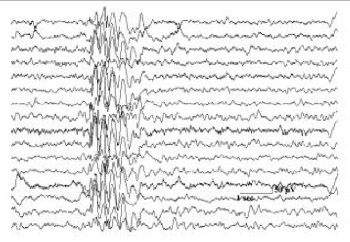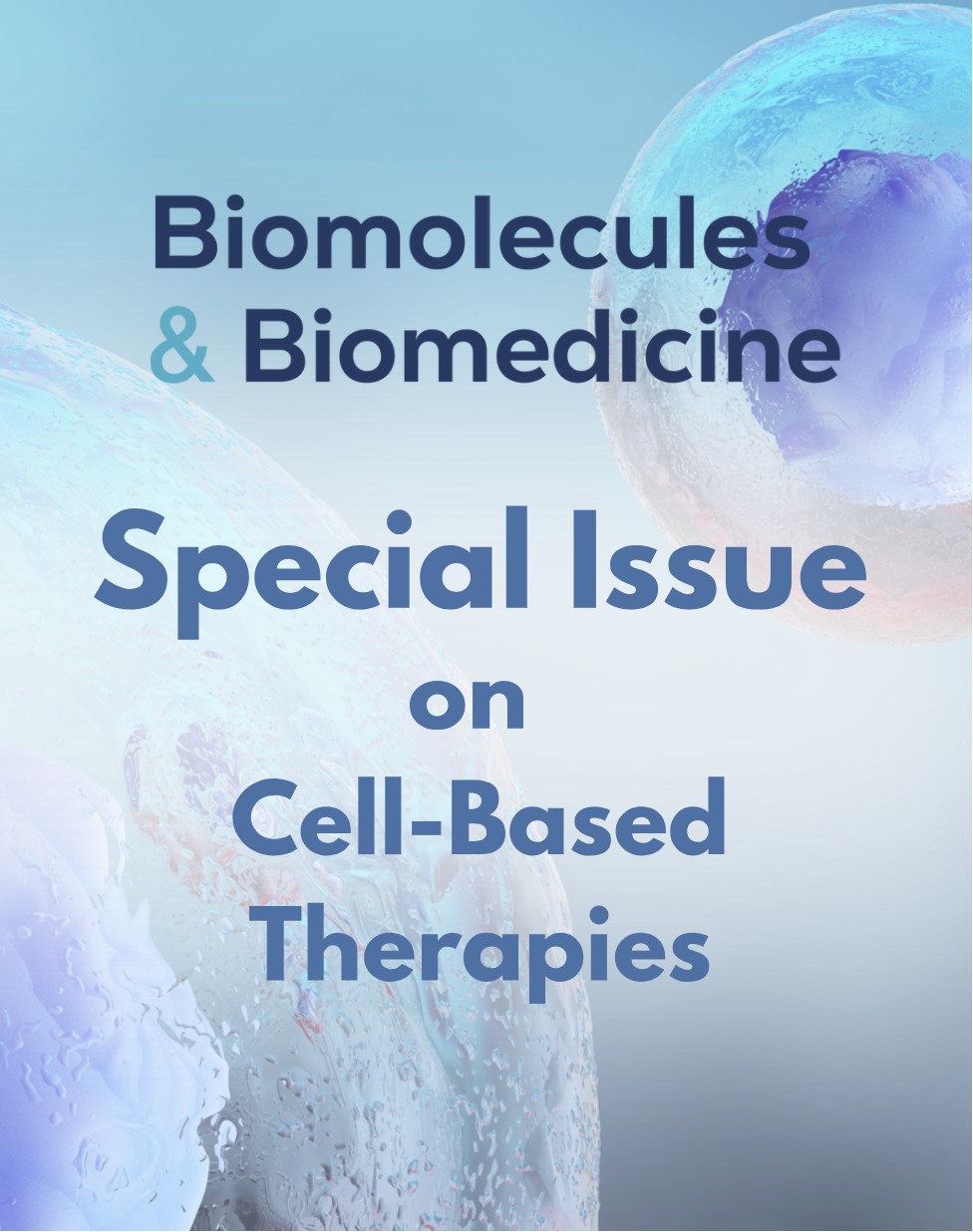Posttraumatic seizures - prevention or not
DOI:
https://doi.org/10.17305/bjbms.2005.3234Keywords:
early posttraumatic epilepsy, prophylaxisAbstract
Early posttraumatic epilepsies (EPTE) are epileptic attacks that appear in first seven days after brain injury, with incidence of 3-5%. Predictors for development of EPTE are: impressive skull fracture with rupture of dura, intracranial haemorrhage, neurogical deficit (brain contusion), and post-traumatic amnesia longer than 24 hours. It is more common in children than in adolescents and adults. It carries four times increased risk for development of late posttraumatic epilepsy. Aspects of pharmacological prophylaxis was often considered, but scientifically neglected, without clear standings regarding controversial data in literature. Patients with severe head injury, hospitalised at Neurosurgical Hospital and Pediatric Hospital, Clinical Centre University of Sarajevo, in period from 6th of April 1992 till 1st of July 1994, were included in study. Prophylaxis of EPTE was carried out with phenobarbital (2-3 mg/kg) or phenytoin (3 mg/kg) parenteraly. Decision was made upon clinical findings. CT scan was done in 13,5% patients, and in 31,9% patients serum concentrations of antiepileptic drugs were monitored. 310 patients aged 0-18 years (105 patients 0-10 years, and 205 patients 11-18 years) were investigated. Predictors of EPTE presented were posttraumatic amnesia longer than 24 hours in 90,6%, neurogical deficit in 86,45%, impressive skull fracture with rupture of dura in 81,3% and intracranial haemorrhage in 40,6%. Only two boys developed EPTE in first 24 hours after injury. This study has showed that use of antiepileptic drugs can decrease incidence of EPTE. However, problem remains, management of injured patients is still highly individualised, based on different experiences of doctors that treat patient, and without clear guidelines.
Citations
Downloads

Downloads
Published
Issue
Section
Categories
How to Cite
Accepted 2018-02-21
Published 2005-11-20









